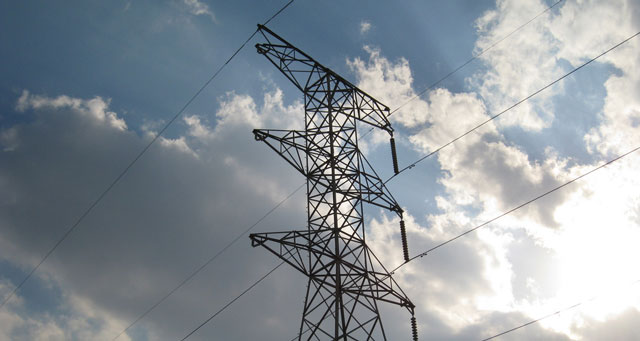
There is no quick fix for the rolling blackouts, Eskom’s financial issues and its maintenance backlog, so South Africans will have to learn to “live with it”, an energy sector analyst said on Friday.
“There are no short-term solutions. Today we have load shedding and we will have to learn to live with it unless Eskom does maintenance properly,” said Chris Yelland.
“We will have to learn to accept load shedding for the next three years at least. There is no quick fix to this.”
Yelland said Eskom’s problems included financial and operational sustainability.
Asked on Friday if Eskom’s financial issues were to blame for the rolling blackouts, Eskom spokesman Khulu Phasiwe said: “Partly, I would say yes. We need money to buy parts for the maintenance, but that is not the only reason. Maintenance in the previous years, from about 2010, has been deferred.”
On Friday, Eskom implemented stage one of load shedding and said it was due to “high electricity demand and the unavailability” of some generating units. Stage one allows for up to 1GW.
“Eskom does have financial issues. It is true that we are having a financial crunch and we are currently in discussion with government to get us out of this financial difficulty,” Phasiwe said.
Eskom had indicated in 2014 that it needed R50bn for the work it was doing and for operational issues.
Phasiwe said government had indicated it would provide Eskom with a cash injection of R20bn to help with operational issues, but that this was not enough.
Eskom was working on a number of options to get the balance of the money it needed to complete work at the Medupi, Kusile and Ingula power stations.
Yelland said the fundamental problem was that the Medupi and Kusile power stations were running 10 years behind — five years late on a policy level and five years on an execution level.
The white paper on energy policy of 1998 said that a decision had to be taken to proceed with building the new power stations by 1999 or the country would have shortages by 2007.
The government gave the green light to proceed with Medupi in 2004 and not in 1999 and this caused a five-year delay, he said.
Yelland said the initial completion date for all six units of Medupi to generate electricity for commercial operation was October 2013 and for Kusile was October 2014.
The reality was that the most optimistic dates for Medupi to have all six units generating electricity was the end of 2018, and end of 2019 for Kusile, which was another delay.

When the two power stations were up and running it would add 25% to Eskom’s generators.
“Many of the problems that Eskom has are a result of Medupi and Kusile running 10 years late,” said Yelland. “This adds to the financial plan because it was costing Eskom double than what was planned. Because of the long delays it is putting financial pressure on Eskom who have a massive cost overrun.”
Yelland said Eskom was also not operationally sustainable.
On average, maintenance took about six weeks per generator.
Yelland echoed what Phasiwe said earlier, that one of the problems facing Eskom was that no new electricity generation was coming onto the stream.
He said consumers were not doing anything wrong but had to learn to save electricity on their own or would be “forced” to when Eskom implemented blackouts.
“It is in your own interest to switch off what you don’t need — at a domestic level not the end of the world even if it is an inconvenience. It is different for a commercial and industrial point,” he said.
Phasiwe said the first unit of the Medupi power station was expected to be synchronised in the first quarter of 2015, but was expected to start producing electricity in June.
The Kusile power station was expected to start producing electricity in June 2016, he said. — Sapa




